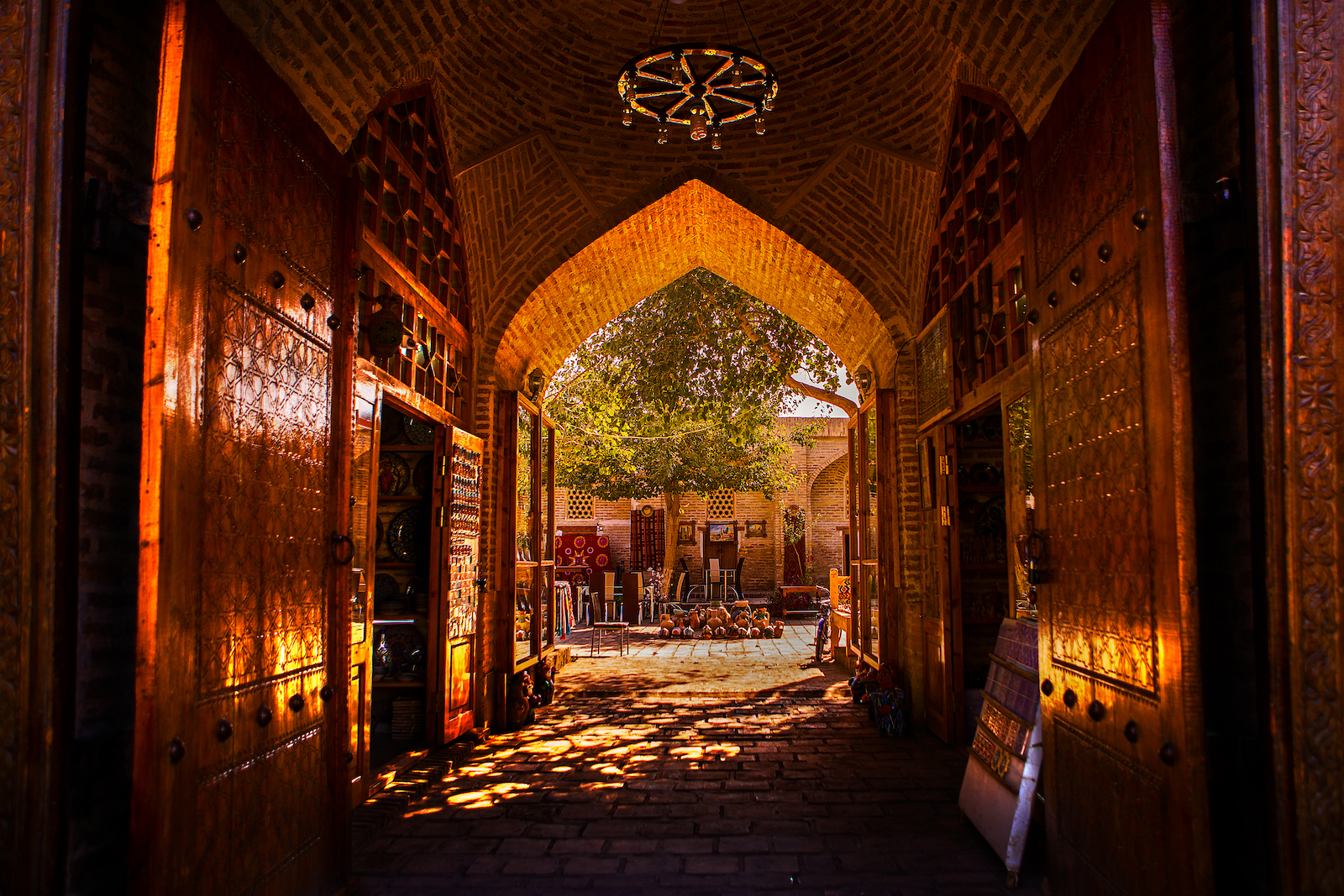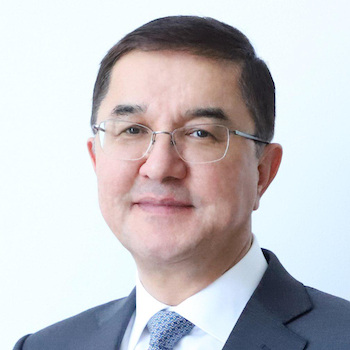
In a Break from the Past, Uzbekistan Embraces Economic Reforms
At the heart of the ancient Silk Road, Uzbekistan has become accustomed to being at the center of global trade for over a thousand years.
While the country’s economy was relatively closed to foreign investment in recent decades, the progress made by the new administration led by President Shavkat Mirziyoyev since 2016 has been substantial; so much so that in 2019, The Economist declared Uzbekistan the country of the year. It was also one of the few countries to see economic growth during the pandemic.
In late 2016, newly elected President Mirziyoyev began an ambitious economic modernisation programme to reinvigorate growth, enhance governance standards and open the Uzbek economy to foreign investors. Liberalisation of the foreign exchange markets, an overhaul of the corporate taxation system, and streamlining of the banking sector is accelerating the transition to a market economy.
This was followed by the 2018 Reform Roadmap which outlined the government’s five economic reform priorities: Maintaining macroeconomic stability; accelerating the transition to a market economy; strengthening social protection and citizen services; aligning the government’s role with the needs of a market economy; and preserving environmental sustainability.
Despite the fallout from the war in Ukraine, Uzbekistan is expected to grow by 5.3% in 2022 with structural changes to the economy providing the foundations for future prosperity.
At the core of Uzbekistan’s programme to modernise its economy is the wave of privatisations of state-owned entities (SOEs), to lower state participation in the economy. The government’s ambition through privatisation is to inject much-needed capital into inefficient SOEs while broadening private participation across the economy. SOEs including UzAvto Motors (the largest automobile producer in Uzbekistan), Uzbekneftegaz (oil and gas producer), Almalyk (mining and mineral processing), and Navoi (uranium and gold producer), have all been approved for privatisation alongside the partial opening of other strategic sectors.
To accompany these efforts, reforms are underway to modernise and improve Uzbekistan’s capital markets and banking sector. The development of a government bond market, as well as money markets in local currency, has been high on the agenda as Uzbekistan seeks to establish a local currency yield curve and a benchmark for pricing local bonds issued by corporates.
Further improvements to the capital markets are vital for meeting the government’s ambitious goals of privatising SOEs and banks through local IPOs on the Tashkent Stock Exchange. Ongoing work to form valuable partnerships with Euroclear and Eurostream demonstrate the government’s commitment to working with the highest calibre foreign institutions to effect change. Building the new market infrastructure and developing the insurance, pensions and mutual funds industries requires a concerted effort by all stakeholders and close public-private collaboration. Vibrant capital and money markets will enable financial innovation and the launch of new products – from mortgage-backed securities and covered bonds to currency forwards and futures that are essential tools for hedging credit, interest rate, and FX risks.
As the ancient Silk Road city of Samarkand today welcomes an assembly of some of the world’s leading economists, influential investors, and international experts for the second Economic Forum, the emphasis will be on how Uzbekistan continues its comprehensive transformation towards an open, inclusive, sustainable economy driven by private enterprise and governed by the rule of law.
